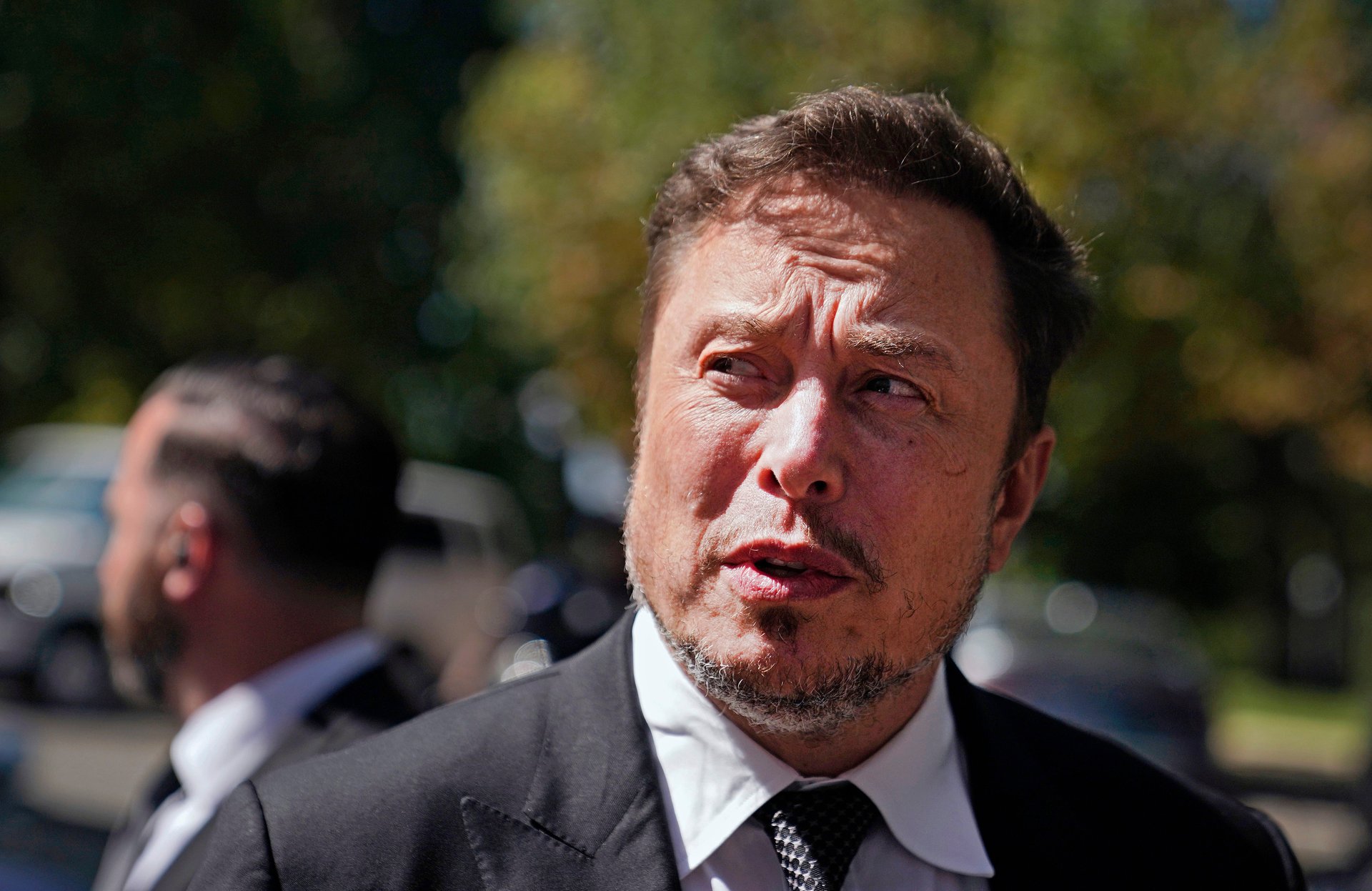Elon Musk laid off Tesla's Supercharger team. Here's what that means and why it matters
The move could have a lasting impact on the entire electric vehicle industry

Tesla’s sudden move to lay off most of its Supercharger division shocked the electric vehicle industry, halted construction plans, and left pretty much anyone paying attention baffled.
Suggested Reading
That’s because the Austin, Texas-based automaker is a pretty big deal in the EV charging industry — and not just because of how many cars it sells. The company delivered about 8% of the public charging capacity demanded across the world last year, according to BloombergNEF.
Related Content
But that might all be in turmoil. In a letter to senior executives on Monday, Musk said he would ask any executive “who retains more than three people who don’t obviously pass the excellent, necessary and trustworthy test” to resign. Rebecca Tinucci, the executive in charge of the Supercharger division, argued with Musk and tried to fire fewer workers than he asked for, Elecktrek reports. In return, the CEO decided to fire almost all of her 500-worker team as “an example.”
The move had instant ramifications.
Tesla reportedly backed out of four leases for upcoming Supercharger stations in New York City, while suppliers have found themselves left without contacts. Representatives at some major automakers, including Rivian, who have signed agreements to adopt Tesla’s North American Charging Standard (NACS) plugs have likewise lost their points of contact.
“As contractors for the Supercharger network, my team woke up to a sharp kick in the pants this morning,” Andres Pinter, co-CEO of Bullet EV Charging Solutions, told Reuters Tuesday. Pinter later told The Wall Street Journal that all 20 of his contacts at Tesla had been let go.
The move has also been heavily criticized, with experts noting that charging anxiety — also known as range anxiety — is one of the biggest issues holding back consumers from buying EVs. Quickly building more infrastructure across North America is seen as one of the few surefire ways to address those concerns, especially as EV sales growth slows.
Musk confirmed on Tuesday that Tesla will continue to “grow the Supercharger network, just at a slower pace for new locations and more focus on 100% uptime and expansion of existing locations.” Bloomberg reports that Tesla has already considered rehiring some of the laid-off workers to oversee the slower expansion.
A big line of business
Tesla’s Supercharger division is a big deal. The company operates 2,479 Supercharger stations with a collective 27,629 charging ports in North America, plus another 4,817 locations with 11,886 EV charging ports across its destination charging network, according to the U.S. Department of Energy.
Tesla was on track to earn $7.4 billion of the worldwide $127 billion EV charging industry by 2070, according to BloombergNEF. On a global basis, it has more than 57,000 Superchargers, which generated $1.74 billion of charging revenue in 2023. That’s about 1.5% of total revenue for the year and 17% of Tesla’s “Services & Other” segment.
The automaker has major deals to support charging for customers of other car companies, like Ford Motor Co. and General Motors. For now, none of the more than a dozen Western automakers that have signed deals with Tesla expect plans to change.
In addition to its deals to support other automakers, Tesla supplies companies with chargers at hotels and rest stops. The oil giant BP — which recently trimmed its EV workforce — has placed an order for $100 million worth of Superchargers to be installed in its U.S.-based “pulse network.” The chargers are set to be installed at TravelCenters of America, Amoco, and Thorntons sites.
Tesla is also a major recipient of U.S. grant money. The company has won almost 13% of all grants handed down by the Biden administration to EV charging companies to expand their networks, which comes out to more than $17 million. That cash was awarded to help Tesla build 41 charging stations in the U.S.
But that was before CEO Elon Musk decided he wanted to go “absolutely hardcore” about reducing Tesla’s headcount.
“Firing the Supercharger team just as they are starting to get [National Electric Vehicle Infrastructure law] funding for new stations and other [manufacturers] are waiting to connect seems foolish and short-sighted, but that’s not new for Elon,” Guidehouse Insights analyst Sam Abuelsamid told DesignNews this week.
The body count
Tuesday’s layoffs ensure that at least 14,500 Tesla workers have been laid off since April, although the real figure could stand at more than 20,000.
Tesla last month said it would cut “more than 10%” of its 140,000-person strong global workforce, or 14,000 workers at minimum. But Musk had reportedly pushed to lay off about 20% of the company — an amount, he reasoned, that would match Tesla’s sales decline between the fourth quarter of 2023 and the first quarter of 2024.
More than 20,000 people may have been laid off in that first round of headcount reductions, Bloomberg reported last month.
In addition to rank-and-file workers, at least six high-profile executives have reportedly have either already resigned or plan to later this year, including Tinucci and Daniel Ho, who had been at Tesla for more than 10 years and led its new products division until Tuesday.
Drew Baglino, who led powertrain and energy engineering, and Rohan Patel, who led Tesla’s public policy and business development team, resigned last month. Martin Viecha, Tesla’s head of investor relations, closed the company’s first-quarter earnings call by announcing his resignation. And Allie Arebalo, Tesla’s head of human resources and one of the most senior women at Tesla, left the company this week.